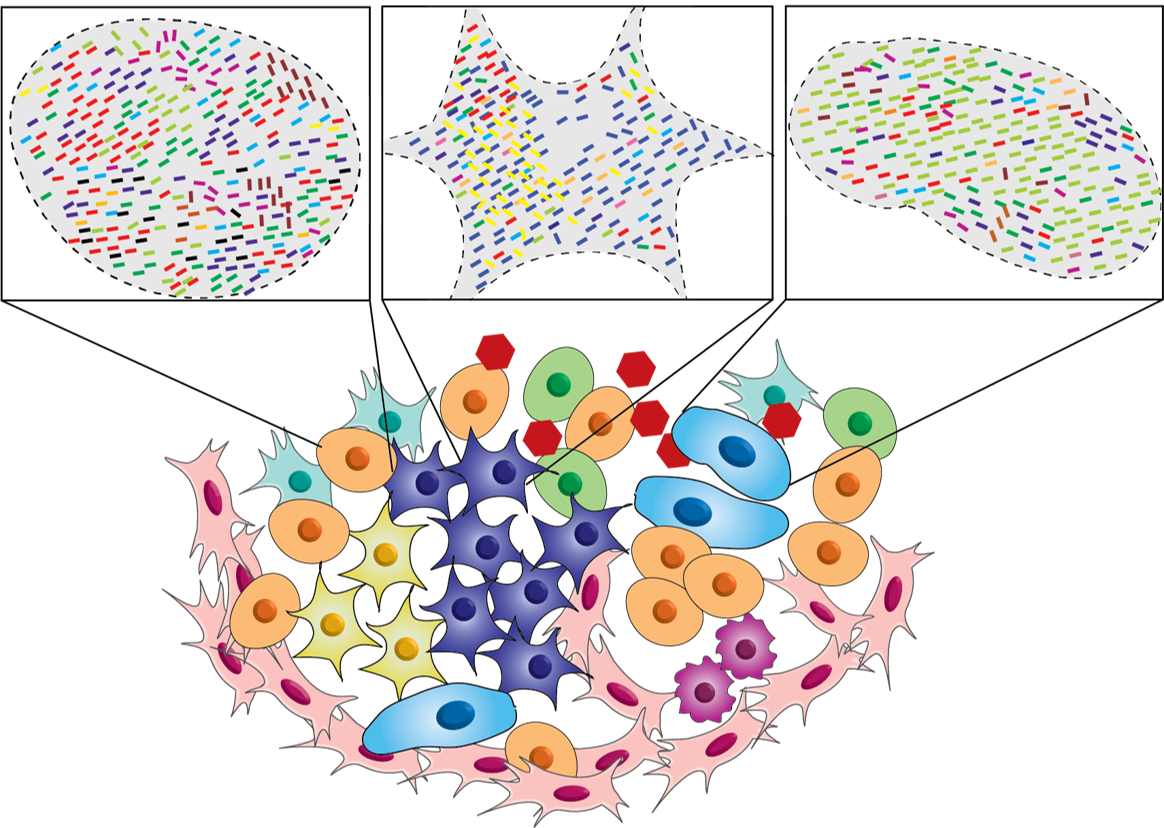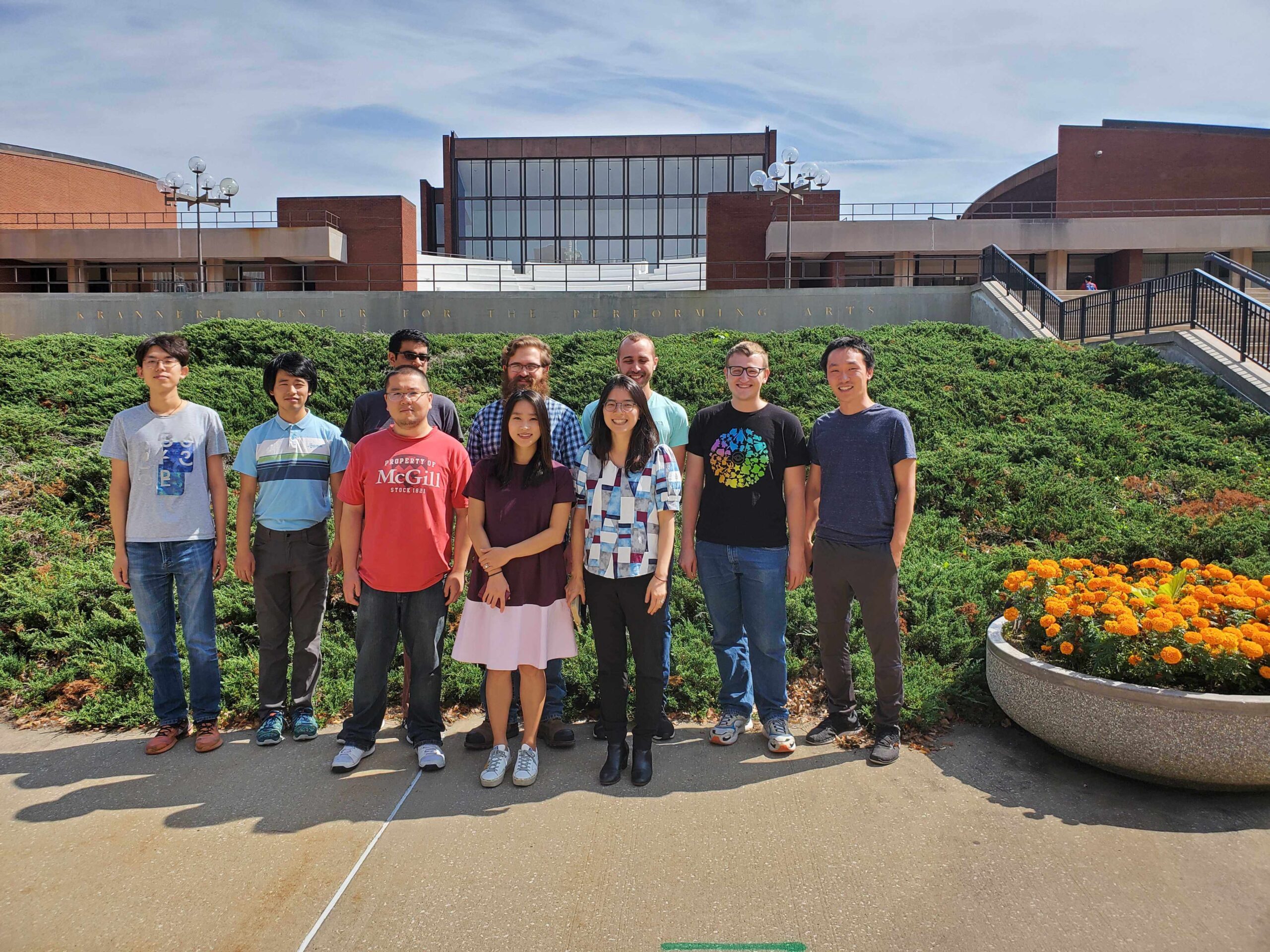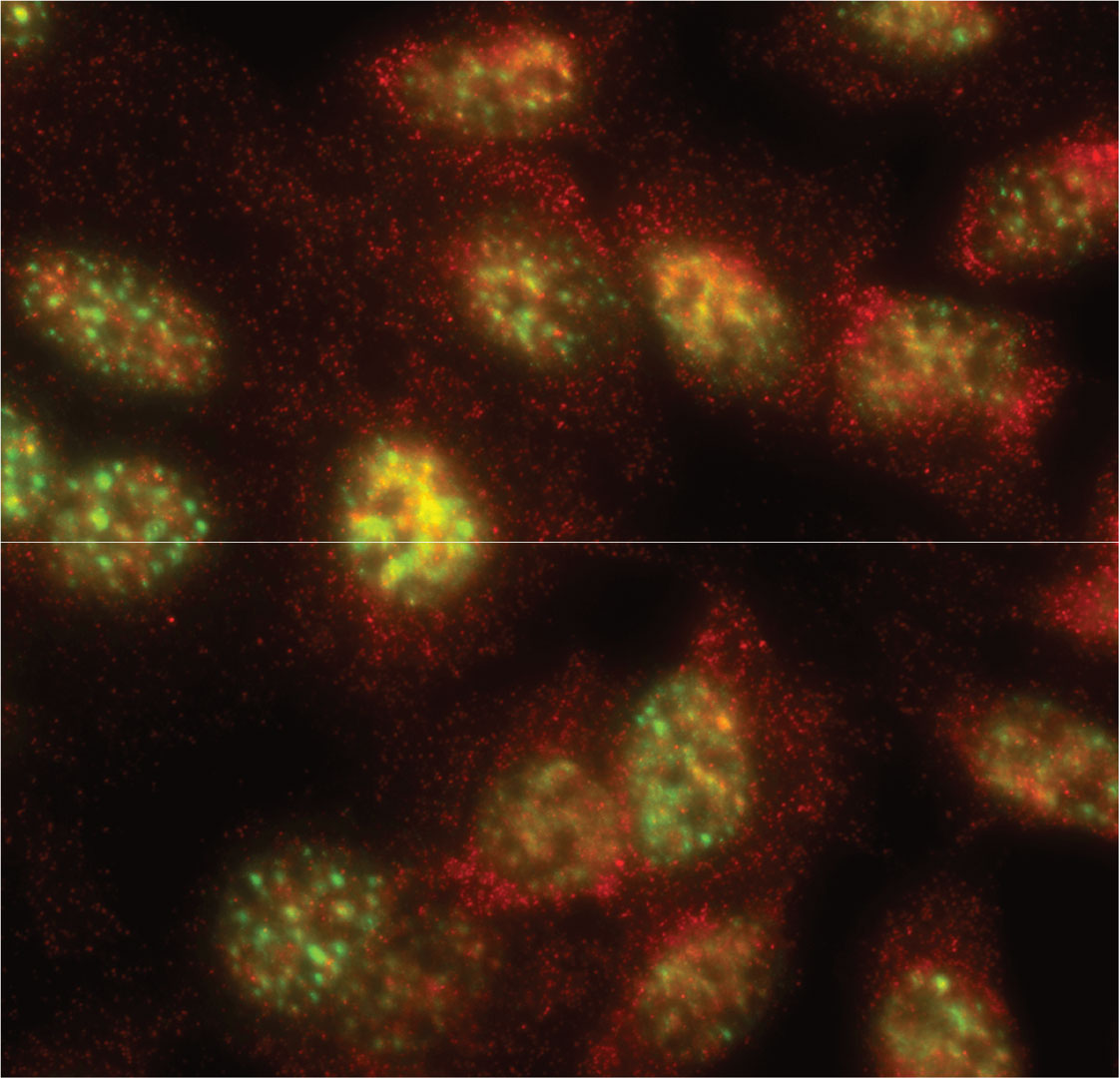Hee-Sun Han, Assistant Professor and Mark A. Pytosh Scholar Department of Chemistry University of Illinois at Urbana-Champaign
Hee-Sun Han, assistant professor of chemistry, is using her expertise in optics, chemistry, and computational biology to tackle cancer.
Han received her bachelor’s degree in Korea from the College of Natural Sciences at Seoul National University studying theoretical chemistry. She went on to graduate school at the Massachusetts Institute of Technology (MIT) to develop quantum dot-based bioimaging platforms and continued her research at Harvard University studying drop microfluidic systems.
Recently, Han received a Cancer Center at Illinois (CCIL) seed grant that is supporting the development of a new imaging system and a computational model to analyze the interactions between RNA that code for protein and the other 90% of regulatory RNA. Despite the central dogma of biology, which defines the role of RNA to be the intermediary of information flow, recent studies show that the majority of RNAs in fact do not code proteins. Instead, they are believed to play important regulatory roles. This new development will lead to an interactome map that can help researchers understand the functions and interactions of non-coding RNA and their roles in cancer cells.

A visual representation of the imaging of 100-10,000 RNAs at single molecule resolution
Han’s research aims to understand the underlying principles involved during cancer development to explain the evolution of cancer and response to treatment.
“The new imaging platform provides a completely new approach to study RNA interactions. Instead of performing affinity-based assays, the new method monitors the position of all RNA molecules in a cell and infer RNA interactions,” Han said.
This research can be generalized to other infectious and neurogenerative diseases, as well as the study of healthy cells. Understanding the spatial organization and the functional organization of RNA is the basis for cell and tissue research.

The members of the Han Lab, image taken before coronavirus pandemic
The Han Lab is developing new technologies to unveil fundamental mechanisms underlying complex biological systems. Another technology under development is a drop microfluidics-based single virus genomics. Using the new technologies, Han aims to understand how individual cells or viruses work together to drive systems level functions.
“The Illinois campus is one of the best campuses for truly fostering interdisciplinary research and I do believe to study complex biological systems like cancers and viruses having a tight connection with all different scientific disciplines is important,” Han said.
Han noted how important it is that CCIL scientists combine engineering and basic science to understand the fundamentals in developing new technology and understanding complex biological systems.
“The research in my own group is limited, but the CCIL forces you to interact with people who you may have never talked to. It pushes us to open up our boundaries and learn new things,” Han said.
Cancer is a complex disease that affects the lives of patients, families, and friends all around the world. While cancer looks too complicated to fully comprehend, Han notes how crucial it is to continue cancer research so that progress can be made.
“We never know where we will be in 100 years. We are part of a big team; we don’t have to solve every single thing. We can solve it together, little by little,” Han said.

Example image of multi-cycle imaging for high throughput RNA staining at single molecule resolution
– Written by Olivia Fleming

